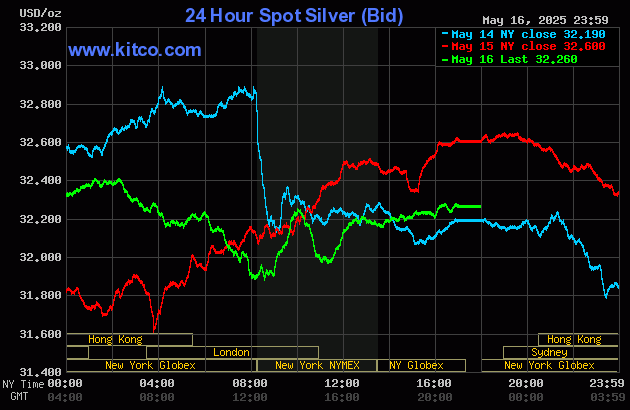In a world of fluctuating markets and economic uncertainty, many investors are turning to tangible assets to diversify their portfolios. Among precious metals, silver stands out as a popular choice—valued not just for its beauty, but also for its investment potential.
But is silver really a smart investment in 2025 and beyond? In this guide, we’ll explore the key benefits of investing in silver, how it compares to other assets like gold, and what makes it a valuable addition to any investment strategy.
What Makes Silver Valuable?
Silver is a precious metal with both industrial and monetary uses. It has been used as currency, jewelry, and a store of value for thousands of years. Today, its value is driven by:
-
Industrial demand (electronics, solar panels, medical devices)
-
Jewelry and silverware
-
Investment demand (bullion, coins, ETFs)
Unlike paper currency, silver is a finite resource, which adds to its appeal during times of inflation or market instability.
Top Reasons to Invest in Silver
1. Hedge Against Inflation
Silver, like gold, is often viewed as a hedge against inflation. When the value of fiat currency falls, precious metals typically rise in value. Holding silver helps protect your wealth from the eroding power of inflation over time.
2. Affordable Entry Point
Compared to gold, silver is much more affordable per ounce, making it a great option for first-time investors or those looking to diversify without a large upfront cost. This lower barrier to entry allows you to start building a precious metals portfolio without heavy financial commitment.
3. High Industrial Demand
Over 50% of silver demand comes from industrial applications—especially in electronics, green energy (like solar panels), and medicine. As global industries grow, so does the demand for silver, helping support its long-term value.
4. Portfolio Diversification
Silver can help balance a portfolio that is heavily weighted in stocks or real estate. During market downturns, physical assets like silver often hold or increase in value, offering stability and security.
5. Tangible Asset with Intrinsic Value
Unlike stocks or bonds, physical silver (coins, bars, bullion) is a tangible asset you can hold in your hands. This gives many investors peace of mind, especially during financial crises or geopolitical tension.
How to Invest in Silver
There are several ways to invest in silver, depending on your goals and preferences:
-
Physical Silver: Silver coins, bars, and bullion stored at home or in a vault.
-
Silver ETFs: Exchange-traded funds that track the price of silver without needing to store the metal.
-
Silver Mining Stocks: Shares in companies that produce silver—offers leverage but comes with higher risk.
-
Digital Silver: Some platforms allow fractional ownership or trading of silver online, offering convenience with low fees.
Each method has its pros and cons, but physical silver remains the most straightforward and secure way to invest.
Silver vs. Gold: Which Is Better?
Both silver and gold are excellent hedges, but they serve slightly different roles:
| Feature | Silver | Gold |
|---|---|---|
| Price per ounce | Lower (more affordable) | Higher |
| Industrial demand | High (solar, tech, medical) | Low |
| Volatility | Higher | Lower |
| Liquidity | Moderate | High |
| Storage space | Requires more due to volume | Less needed |
If you’re seeking fast growth and are comfortable with some volatility, silver may offer more upside potential.
Is Now a Good Time to Invest in Silver?
With growing industrial use, increased inflation, and geopolitical instability, many analysts believe silver is undervalued compared to gold. The silver-to-gold ratio (historically averaging around 60:1) has widened in recent years, suggesting silver may be poised for a correction—and potential gains.
As demand continues to rise, especially from green technologies and renewable energy, silver is positioned as a strong long-term investment.
Conclusion: Should You Invest in Silver?
If you're looking for a low-cost, inflation-resistant, and future-ready investment, silver is a smart choice. It offers security during uncertain times, benefits from global industrial trends, and remains one of the most accessible precious metals for new and experienced investors alike.
Whether you're diversifying your portfolio or safeguarding your wealth, adding silver to your investment mix is a step worth considering.


Share:
The History of Figaro Chain Design
Is 925 Italian Silver Worth It? Your Comprehensive Value Guide